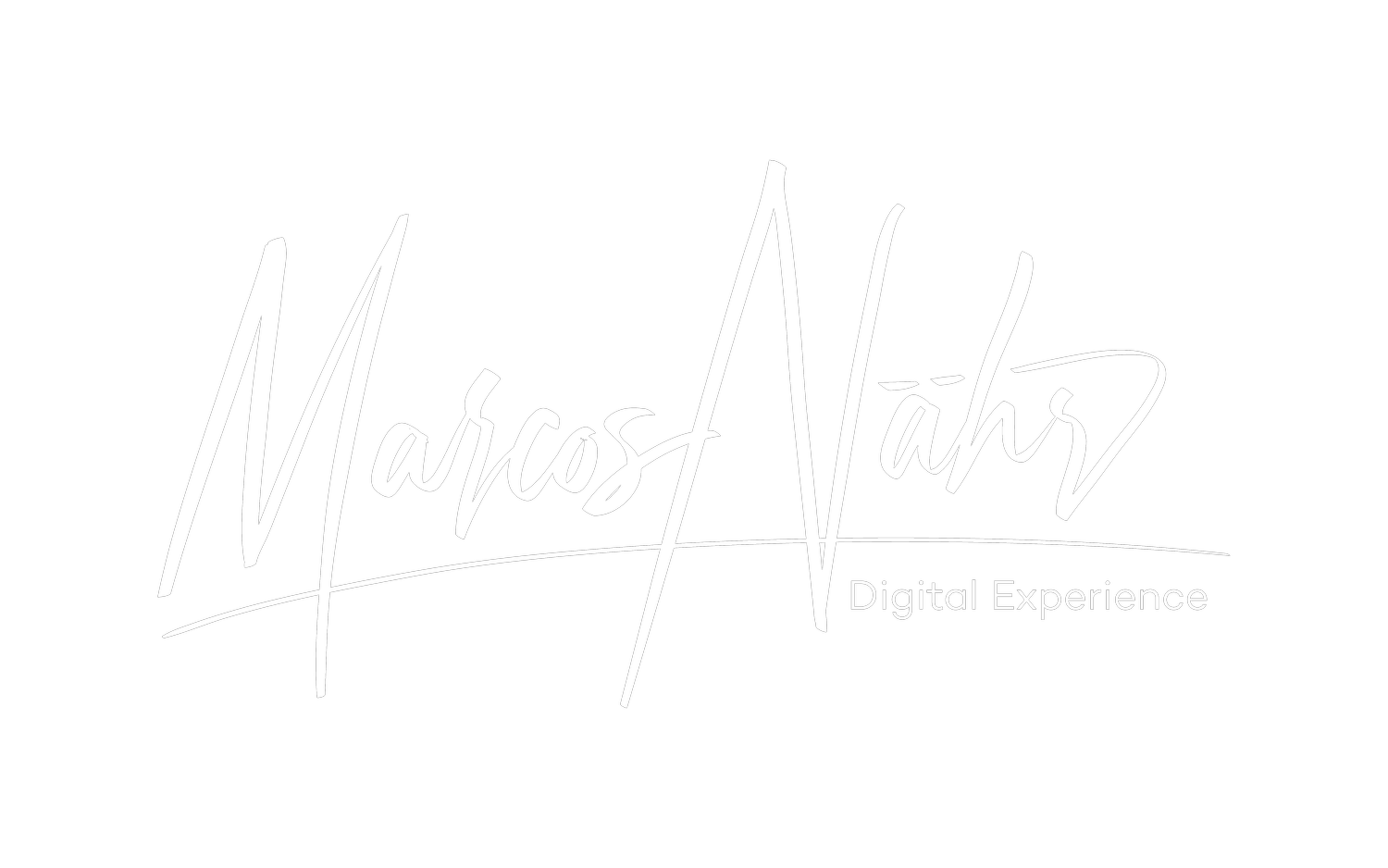Stand up for what you believe in.
Leadership in design requires the ability to stand up for what you believe in.
It's important for leaders to defend their design teams and promote proposals that put humans at the center because these proposals are ultimately good for the company.
As design leaders, we should advocate for progress and champion design to ensure that design priorities and values are taken into account. Our rebel-like behavior should have a purpose - to push our organization to envision potential improvements. We should not be rebels for the sake of rebellion but rather be rebels with a cause.
Design leaders can challenge others while still finding common ground and supporting the organization's goals. This demands strategic decisions about resource prioritization. We must balance and use design resources in a way that brings the most benefit to the organization.
Sometimes prioritizing design resources is an art - the art of saying no. We must be able to say no to design teams when they want to explore solutions that don't fit the strategic agenda of the business.
We must also say no to business colleagues who request design resources for incremental short-term activities that won't have any real impact.
Ultimately, our job as design leaders is to ensure that design resources are used strategically and that our design priorities align with the organization's goals.
